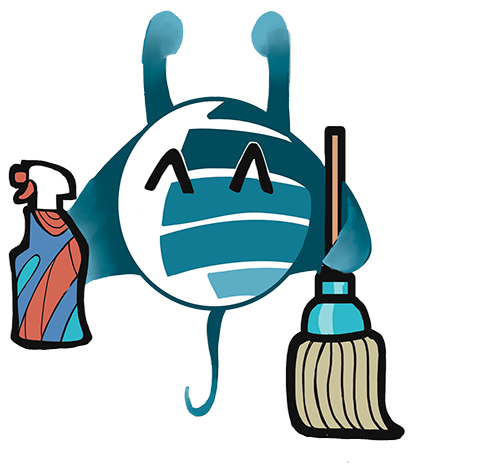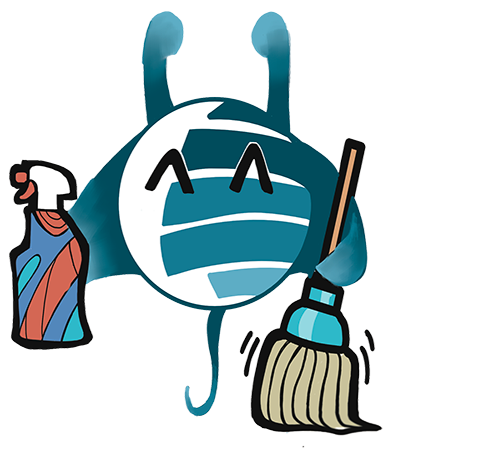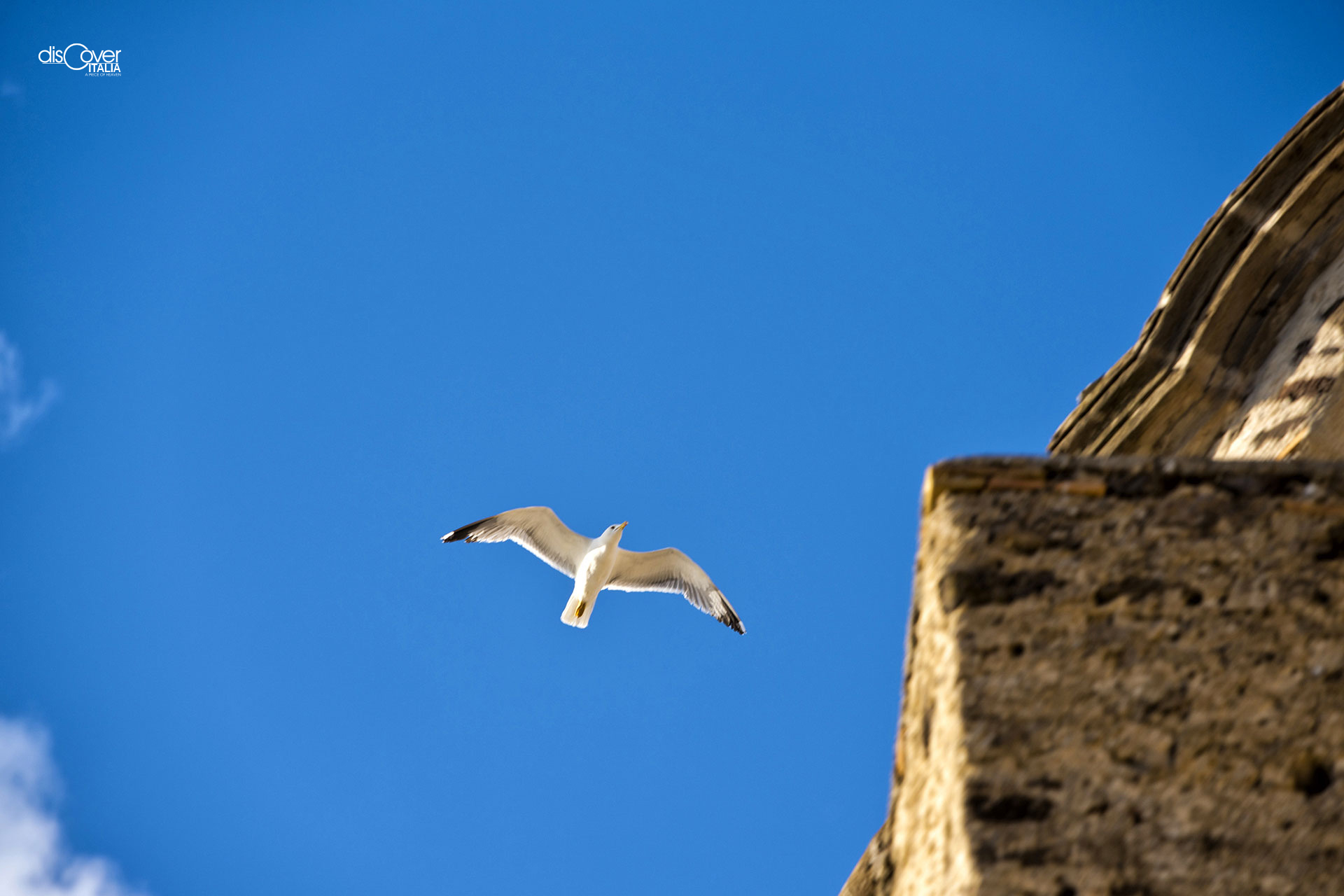It is usually the first bird that comes spontaneously to mind with the marine environment. A faithful companion during sea voyages or in coastal areas, but increasingly often, now, also a constant presence in inland areas and in large cities, where with its peers it is permanently settled near landfills or waste collection points.
Invasive, aggressive with other animal species with which they come into contact, not at all intimidated by man, seagulls that live in highly anthropized areas seem today far from the romantic image that has always identified them also in literature. But despite the rapidly increasing diffusion of some species, others are unexpectedly to be protected, because they are vulnerable.
On the other hand, there are more than fifty species of seagull in the world, belonging to different genera and present in coastal environments at all latitudes, since they prefer to populate the rocks along the coasts. The exception is the black-legged kittiwake (Rissa tridactyla), a pelagic animal that lives in the open sea and returns to land only during the breeding season on the cliffs of the islands in the Bering Sea.
All seagulls belong to the order of Charadriiformes and are part, with the terns, of the Laridae family. A dozen species live in the Mediterranean, some sedentary, while others are decidedly rare.
Yellow-legged Gull (Larus Michahellis)
The most widespread species in the Mediterranean is the yellow-legged gull, whose common name is completed, in fact, by the adjective Mediterranean or by yellow-legged, referring to one of its physical characteristics. Of all the gulls, it is the largest, reaching a length of between 55 and 65 centimeters and weighing over a kilo. And it is also the most majestic in flight, thanks to a wingspan of up to a meter and a half.
It does not present sexual dimorphism, but seasonal, so the livery is identical in males and females, but differs between winter and summer: in the cold season, the head and neck are white with layers of gray, the rest of the body white, the back gray like the wings, which have black extremities with white spots; in summer, the head and body are white. The eyes are ringed in red. In addition to the legs, the beak is also yellow, which in the adult has a very evident red spot on the tip. This is a visual signal for the chicks, to facilitate feeding. The chicks' livery is white dotted with brown until they are four years old, when they become adults.
The yellow-legged gull of the Michahellis subspecies, which lives in the Mediterranean and Black Seas, is a sedentary bird, which lives and nests among the coastal rocks, in colonies that can be very large. Being monogamous animals, couples are stable and reproduce only once a year, between spring and summer, laying up to three eggs, which are incubated between 25 and 27 days. The chicks stay in the nest for a short time, but then they do not leave for about forty days, when they begin to fly.
By now, herring gulls also regularly live in cities and metropolises and, in very large groups, in landfill sites, where they find an abundance of food. They are essentially omnivorous and predatory, since they feed on fish, crustaceans, echinoderms, molluscs, but also insects, fruit, grasses, carrion and waste. And also on other birds, which they capture in flight by hitting them with their beak and wings, and on their eggs. On the other hand, they have few natural predators, in particular birds of prey, and on land various mammals, both wild and domestic. The settlement far from the sea, has led them to colonize even highly anthropized areas, where they are constantly expanding. In fact, it is a species that is in good health, also because it is protected by the Bern Convention and by Italian legislation that prohibits its capture.




